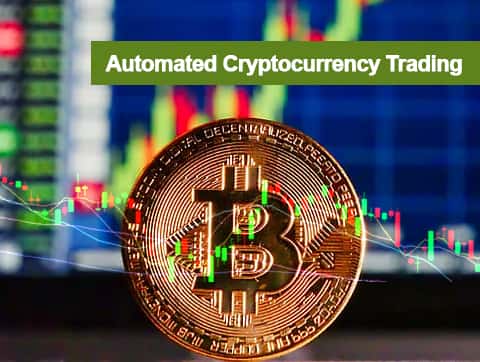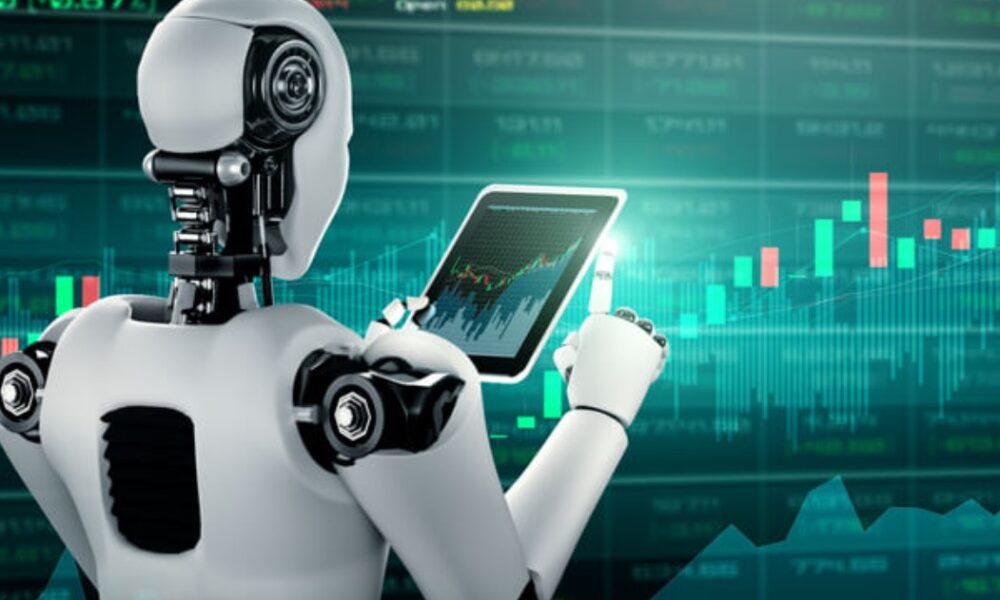Recommended Ideas For Deciding On Forex Software
What Are Automated Trading Systems (Ats)?Automated trading software also called black box trading, is a computer program that utilizes mathematical algorithms to design trades based on certain conditions. These platforms have been designed to execute trades automatically, without human intervention.
Trading rules: Automated trading systems have specific rules for trading that govern the timing and manner in which traders can enter and exit trades.
Data input- Automated trading systems process huge amounts of market data in real-time, and utilize this information to make trading decisions.
Execution- Automated trading systems are able to execute trades in a way that is automated with a speed and frequency that is not possible for humans.
Risk management- Automated trading systems can be programmed to implement risk-management strategies, including stop-loss orders as well as the size of a position, to manage possible losses.
BacktestingThe automated trading systems can be tested back to assess their performance and spot any issues before they are implemented for live trading.
Automated trading platforms have the primary benefit of being able execute trades quickly and accurately without the need to be supervised by humans. Automated trade systems are able to process large amounts in real-time, and make trades based on a set of rules and conditions. This will help to reduce emotional impact and improve trading performance.
There are many risks that automated trading systems can present, such as system failure, trading rules inconsistencies and the lack of transparency. You must thoroughly verify the system and run tests before you put it into live trading. Have a look at the best algo trading platform for website info including automated trading, indicators for day trading, backtesting, backtesting software forex, best indicators for crypto trading, cryptocurrency trading, algorithmic trading software, backtesting in forex, forex backtesting, algorithmic trading software and more.

What Is The Basic Principle Of Trading Automation Systems?
Automated trading platforms work by processing large amounts market data in real-time and then making trades according to specific rules. It is possible to break it down to the following steps. Determining the strategy for trading - The first step is to determine the plan of trading that includes the precise rules and conditions that govern the way that trades are entered and exited. This can include indicators such as moving averages, as well as other factors like news or price action incidents.
Backtesting - Once the trading strategy has been established, it is time to run a backtest of the strategy against historical market data in order to determine its performance and to identify potential issues. This is an important step as it allows traders to see how the strategy has performed in the past, and makes any adjustments before it is implemented in live trading.
Coding- After the trading strategy has been backtested and validated The next step is to program the strategy into an automated trading system. This involves writing the rules, conditions and strategies into a programming program , such as Python/MQL (MetaTrader language).
Data input- Automated trading systems require real time market data in order to make trade decisions. This data is typically obtained through a feed of data from a market data vendor.
Trade execution - The automated trading system will perform the trade after the market data and conditions are processed. This involves sending trade instructions to the broker. The brokerage will execute the trade on the market.
Monitoring and reporting- Most automated trading systems come with built-in monitoring and reporting features that allow analysts and traders to track and identify issues and assess the performance of the system. This could include real time information about performance, alerts regarding unusual market activity, logs of trades and alerts.
Automated trading is possible within milliseconds. This is quicker than the time an individual trader could process and complete an order. This speed and precision could result in more reliable and effective trading outcomes. It is essential to verify and test any automated trading system prior it is deployed in live trading. This will ensure that it works properly and meets the goals of your trading. Read the most popular crypto daily trading strategy for more info including position sizing in trading, automated trading bot, automated crypto trading bot, trading indicators, trading with divergence, backtesting, automated forex trading, position sizing trading, position sizing calculator, automated forex trading and more.

What Happened In 2010 Flash Crash
The Flash Crash 2010, a sudden and severe stock-market crash, occurred on May 6, 2010. The crash was marked by a rapid and dramatic decline in prices for stocks on the major U.S. exchanges, followed by a sharp recovery within a matter of minutes.The cause of the crash at first a mystery, but subsequent investigations by the U.S. Securities and Exchange Commission (SEC) and the Commodity Futures Trading Commission (CFTC) discovered that a variety of factors caused the crash. The factors that contributed to the crash include:
HFT (High-frequency Trading) HFT (High-frequency Trading) HFT algorithms use complex mathematical models to execute trades based on market information. They account for the majority of the volume in the stock market. These algorithms created volatility in the market, and increased the pressure to sell during the flash crash.
Order cancellations- Order cancellations were made possible through HFT algorithms. They could cancel orders in the event of an economic trend which was not in favor. This added selling pressure following the flash crash.
Liquidity The flash crash was caused by the lack of liquidity on the market, since many market makers and other participants temporarily withdrew from the market in the aftermath of the time of the crash.
Market structure: With multiple exchanges and dark pool The U.S. Stock market was extremely complex and fragmented. This made it difficult for regulators to monitor the situation and react to changes in real-time.
The flash crash had major impacts on financial markets. It caused substantial losses for both market participants and investors, and diminished confidence in the stability the market. The flash crash prompted regulators to take a number of measures to stabilize the market. These measures included circuit breakers which temporarily shut down trading in certain stocks during periods of extreme volatility and enhanced transparency. View the most popular crypto daily trading strategy for blog tips including crypto trading strategy, emotional trading, algorithmic trading platform, backtesting platform, automated crypto trading, indicators for day trading, how does trading bots work, stop loss in trading, trading platform cryptocurrency, cryptocurrency trading bots and more.
